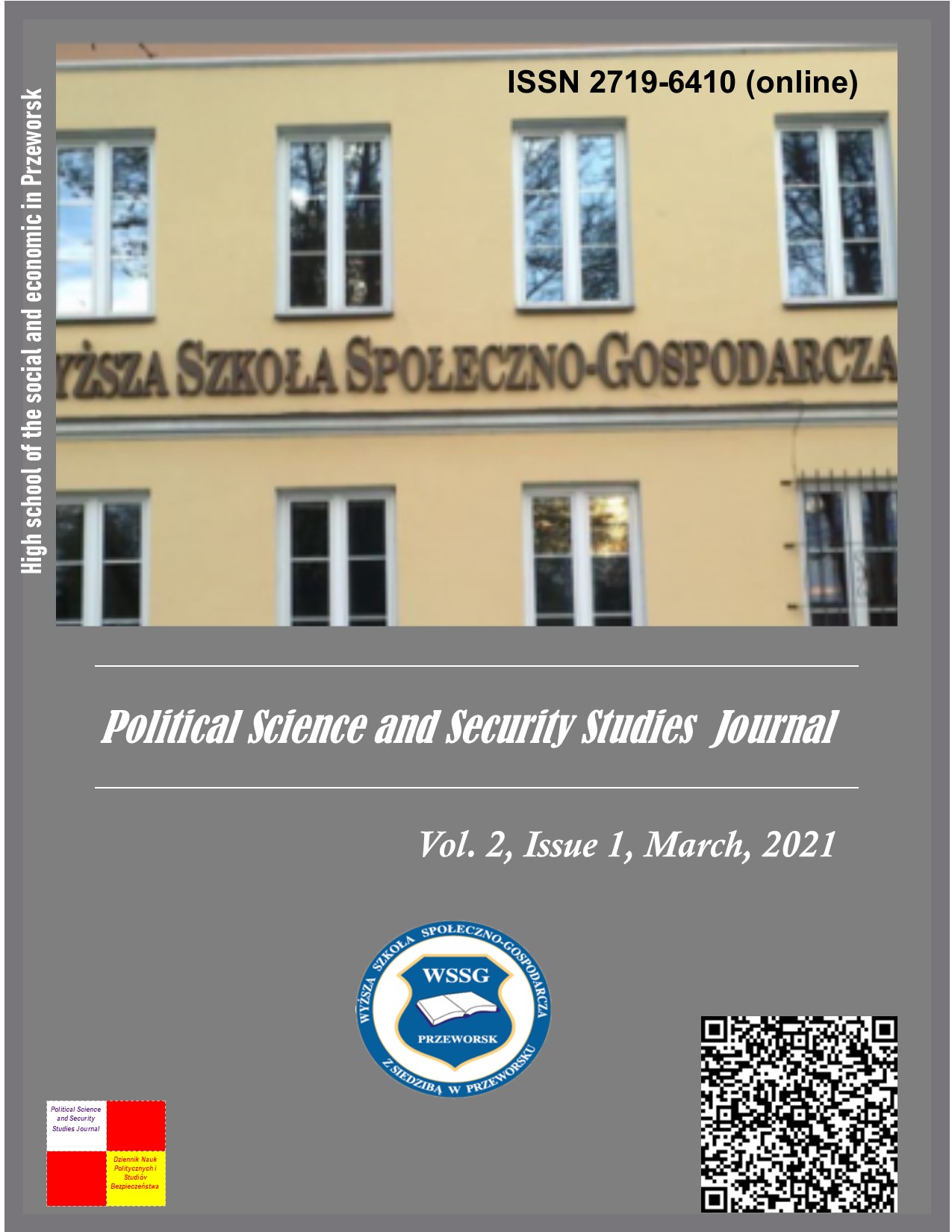Estimation of aircraft power elements by areas of technical condition using clustering algorithm and statistical recognition method
DOI:
https://doi.org/10.5281/zenodo.4924240Keywords:
pattern recognition, classification of technical condition, power elementAbstract
In accordance with the concept of maintaining the serviceability of aviation of the Armed Forces of Ukraine, there was a problem of ensuring the serviceability of the fleet of aircraft and accurate classification of the technical condition of power elements of different types of aircraft for timely detection of their limit state. The purpose of the work is to find a system for classifying the technical condition – an image recognition system to solve this problem. The paper considers the issue of choosing an effective method of recognition, the main requirements for it, analyzes the chosen method of classification of technical condition (or recognition of images of technical condition), which is based on the statistical method of recognition. The method of clustering the technical condition of aircraft power elements is considered, a logical block diagram is constructed and the result of the program operation with the selected algorithm “FOREL – I” as a computer program in a graphical shell is given. The implementation of the method of classification in the graphical shell using the programming language python and auxiliary scientific and graphic libraries. The reference objects are selected, the main defining parameters that characterize the intensity of resource potential depletion are determined, which were divided into two images of the technical condition, namely “good” and “bad”, and the control object. As an example, the technical condition of different chassis groups of fighter aircraft of the Armed Forces of Ukraine, which have approximately the same resource hours, and different statistics on the intensity of use during operation are analyzed.
Downloads
References
Akoff R., Sasieni M. Fundamentals of operations research. Moscow: Mir, 1971.
Borisova I.A., Zagoruyko N.G. SDX problem – the limit case of recognition problems of the combined type. Problems of control and informatics. 2008, №2
Brondz L.D. Aircraft resource technology. Moscow: Mashinostroenie, 1986, 184 p.
Fomin Ya.A. Diagnosis of the crisis state of the enterprise: Moscow: UNITI-DANA, 2003, 349 p.
Fomin Ya.A., Savich A.V. Optimization of recognition systems. Moscow, Mechanical Engineering, 1993.
Fukunaga K. Introduction to the statistical theory of pattern recognition. Moscow: Nauka, 1979.
Kogaev V.P., Makhutov N.A., Gusenkov A.P. Calculations of machine parts and structures for strength and durability. Moscow.: Mashinostroenie, 1985, 224 s.
Military doctrine of Ukraine: as of September 2, 2015, / President of Ukraine. Kyiv: President. type, 2015, 27 p. Library of official publications.
Proceedings of TsAGI. 1981, Issue. 2117.
Serensen S.V., Kogaev V.P., Schneiderovnich R.M. Load-bearing capacity and calculations of machine parts for strength. Moscow: Mashinostroenie, 1975, 488 s.
Strigius V. E. Methods for calculating the fatigue life of aircraft structural elements. Moscow: Mashinostroenie, 2012, 272 p.
Vorobiev A.Z., Olkin B.I., Stebenev V.N., etc. Fatigue resistance of structural elements. Moscow: Mashinostroenie, 1990, 240 s.
Zagoruyko N.G. Methods of recognition and their application. Soviet Radio, Moscow. 1972.
Zagoruyko N.G. Recognition methods and their application. Moscow: Soviet Radio, 1972, 208 p.
Published
How to Cite
Issue
Section
License
The authors agree with the following conditions:
1. Authors retain copyright and grant the journal right of first publication (Download agreement) with the work simultaneously licensed under a Creative Commons Attribution License that allows others to share the work with an acknowledgment of the work's authorship and initial publication in this journal.
2. Authors have the right to complete individual additional agreements for the non-exclusive spreading of the journal’s published version of the work (for example, to post work in the electronic repository of the institution or to publish it as part of a monograph), with the reference to the first publication of the work in this journal.
3. Journal’s politics allows and encourages the placement on the Internet (for example, in the repositories of institutions, personal websites, SSRN, ResearchGate, MPRA, SSOAR, etc.) manuscript of the work by the authors, before and during the process of viewing it by this journal, because it can lead to a productive research discussion and positively affect the efficiency and dynamics of citing the published work (see The Effect of Open Access).















